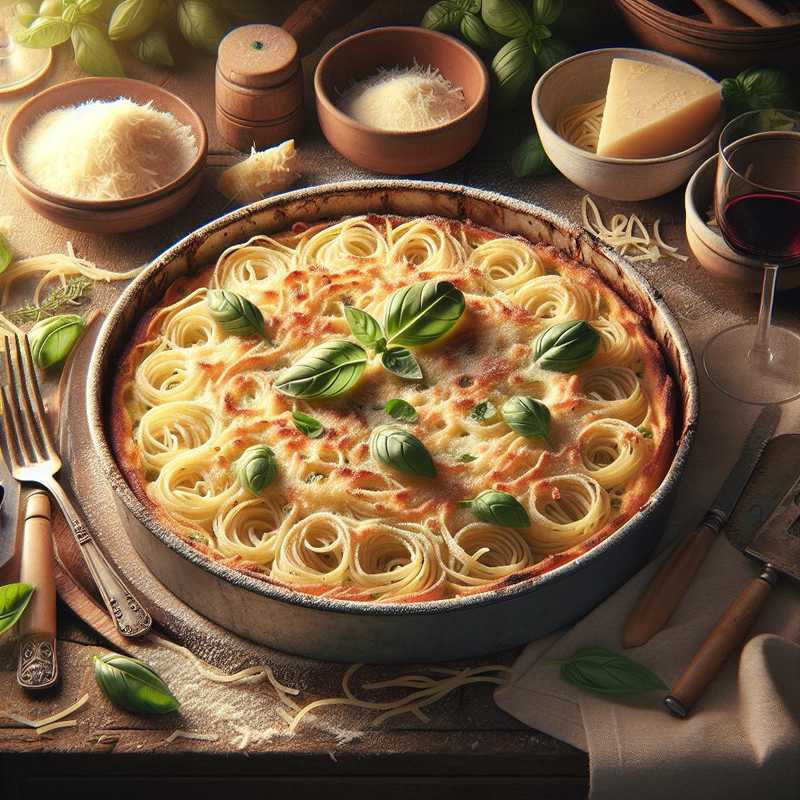Timballi of Tagliolini with White Ragù
17/11/2023The timbale of tagliolini with white ragù is a rich and hearty dish that combines pasta in the form of a timbale with a tomato-free ragù. Here is the recipe to prepare this dish:
Ingredients
- 500 g of egg tagliolini
- 300 g of minced meat (a mix of veal and pork)
- 100 g of chopped pancetta
- 50 g of butter
- 1 finely chopped onion
- 1 finely chopped carrot
- 1 finely chopped celery stalk
- 200 ml of dry white wine
- Meat broth as needed
- 100 g of grated Parmesan cheese
- Salt and pepper to taste
- Nutmeg to taste
- Butter and breadcrumbs (to grease and dust the mold)
Preparation
- Melt the butter in a large pan and add the chopped pancetta. Let it brown until it becomes crispy.
- Add the minced meat and allow it to brown well, stirring occasionally.
- Mix in the chopped onion, carrot, and celery and sauté until everything becomes soft and golden.
- Pour in the white wine to deglaze and let the alcohol evaporate.
- Add enough meat broth to cover and let it simmer on low heat for at least a couple of hours, adding broth as needed and making sure the ragù remains moist but not too liquid.
- Season with salt, pepper, and a sprinkle of nutmeg.
- Meanwhile, bring a pot of salted water to a boil and cook the tagliolini al dente.
- Drain the pasta and toss it with part of the white ragù and half of the grated Parmesan.
- Grease a timbale mold with butter and dust it with breadcrumbs.
- Spread a layer of tagliolini, then a layer of ragù and a sprinkle of Parmesan. Repeat the layers until all ingredients are used, finishing with the Parmesan.
- Bake in a preheated oven at 180 °C for about 20-30 minutes or until the surface is golden brown and crispy.
- Let the timbale rest for a few minutes before unmolding and serving.
Curiosity
The timbale is a preparation from classical Italian cuisine that involves using a mold, usually circular, to alternate layers of pasta or rice with rich fillings such as ragù, béchamel, mushrooms, truffles, or small pieces of cheese. It has ancient origins and is presented as a truly elegant and dramatic dish.
